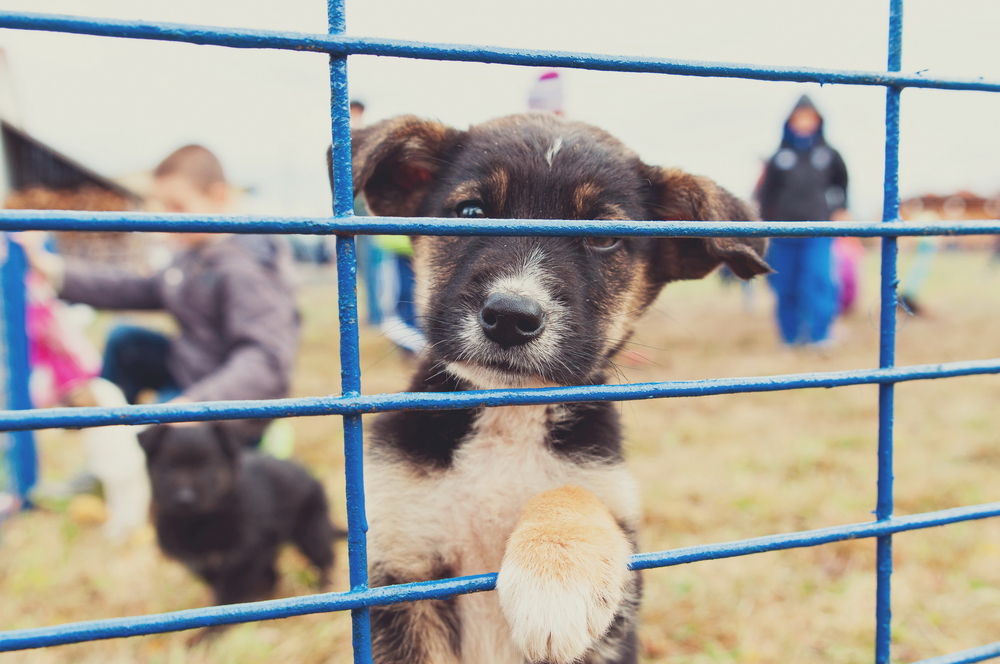When Mayor Bill de Blasio announced on Tuesday that the city’s executive budget proposal for fiscal year 2017 includes $10 million for two new full-service animal shelters in Queens and in the Bronx, many QNS readers asked if the shelters would have a no-kill policy.
QNS reached out to the mayor’s office as well as to the Animal Care Centers of NYC (ACC) who are under a contract with the city to operate existing animal shelters in Manhattan, Brooklyn and Staten Island, as well as the admission centers in Queens and the Bronx. In doing so, we learned that there is a lot of grey between “kill” and “no-kill” shelters.
“There is actually no such a thing as a no-kill shelter,” explained Katy Hansen, communications director at ACC.
According to Hansen, any large metropolitan area will have several different welfare models to handle the overpopulation of animals. The animal shelters operated by New York City have an open-admission shelter model, which means that the shelter accepts any animal.
“When people refer to no-kill shelters, they are not open admission. They pick and choose what animal they take,” Hansen said. “We take every animal that comes in.”
So-called limited admission shelters have the opportunity to say no to an animal. Other types of shelters are focused on rescue of a specific breed such as golden retrievers, or will take only animals with behavioral issues.
“These new shelters [in Queens and in the Bronx] will also be open admission,” Hansen said. “A decision to euthanize an animal is a difficult one and sometimes because of sickness or behavior we have to make these decisions.”
Some shelters euthanize up to 10 percent of their animals due to health and behavioral issues, and still consider themselves no-kill. ACC’s live release rate in 2015 was 86 percent, and 94 percent in March and April 2016. (Full stats are available here.) Live release means that the animals were either adopted, returned to the owner, or they were sent to another nonprofit partner who then provides adoption services to the public.
According to NYCLASS, which is a nonprofit animal advocacy group dedicated to changing New York City’s laws to protect animals, ACC has changed their policy about three years ago. “They used to euthanize about 90 percent of their animals, and only 10 percent were sent to adoption,” said John Collins, who works NYCLASS. “But because of this new policy they work with other nonprofits who are associated with ACC, they flipped that ratio — now they have about 90 percent adoption rate.”
According to Raul Contreras from the Mayor’s Office, in 2015 the euthanasia rates plummeted – down 36 percent for dogs and 25 percent for cats compared to the previous year – with adoption rates rising by 17 percent.
“For us it’s really not about statistics and we don’t want statistics to drive the decision about individual animal. We put the animal welfare first,” Hansen explained.
“The real issue is that we will always have an overpopulation [of animals] until we start getting at the root of its causes,” she added. “We need to cut out the source of these homeless animals. We need to invest in low-cost spay/neuter programs; we need to support trap/neuter/release programs for cats; we need to expand outreach and education; and we need to target areas where many strays are born and encourage people to adopt from shelters.”
Queens residents will have a chance to discuss the impact of the new full-service animal shelter with Council member Vallone and NYCLASS this coming Monday, May 2, at 12:45 p.m. at Alley Pond Environmental Center, at 228-06 Northern Blvd., Douglaston.



































